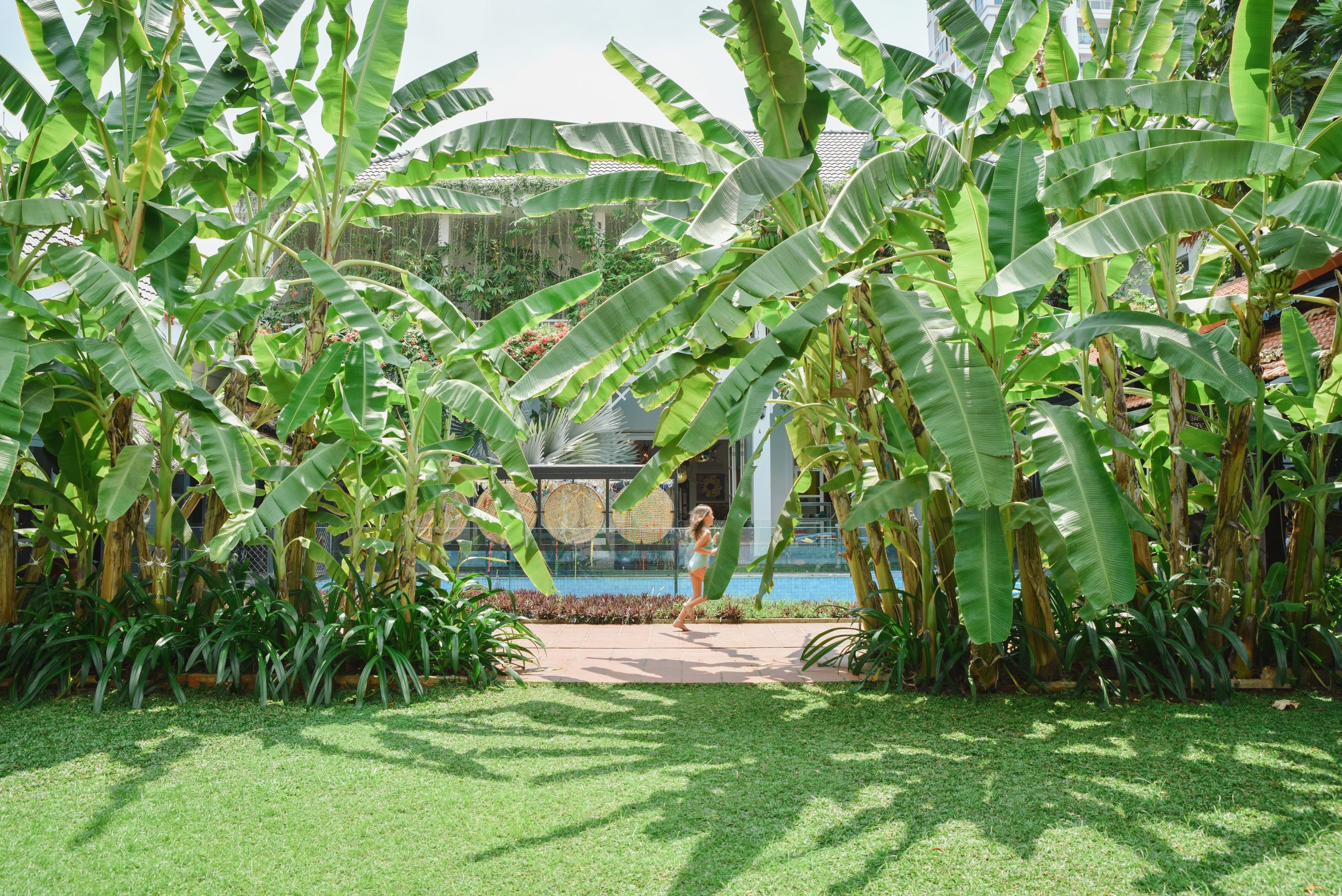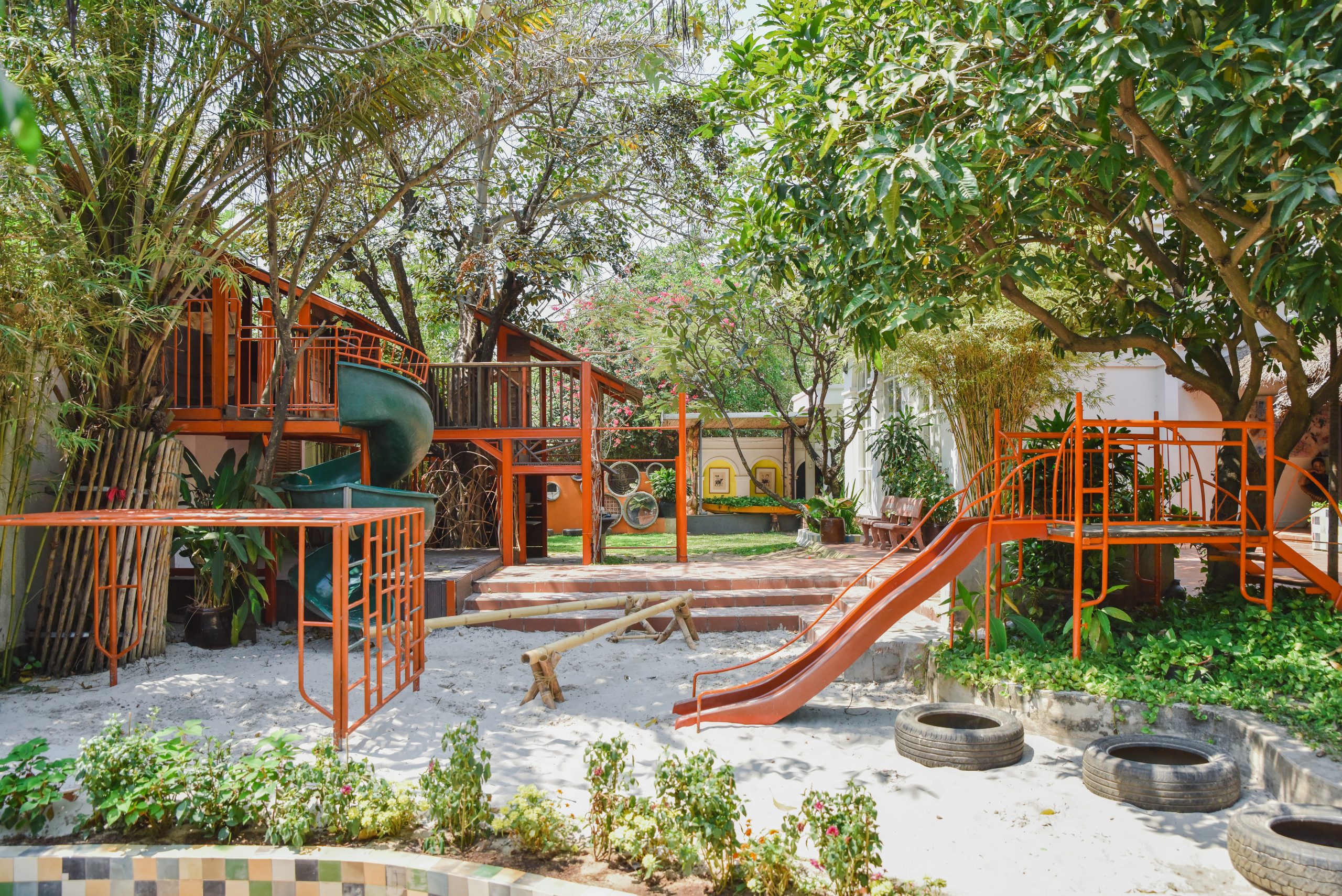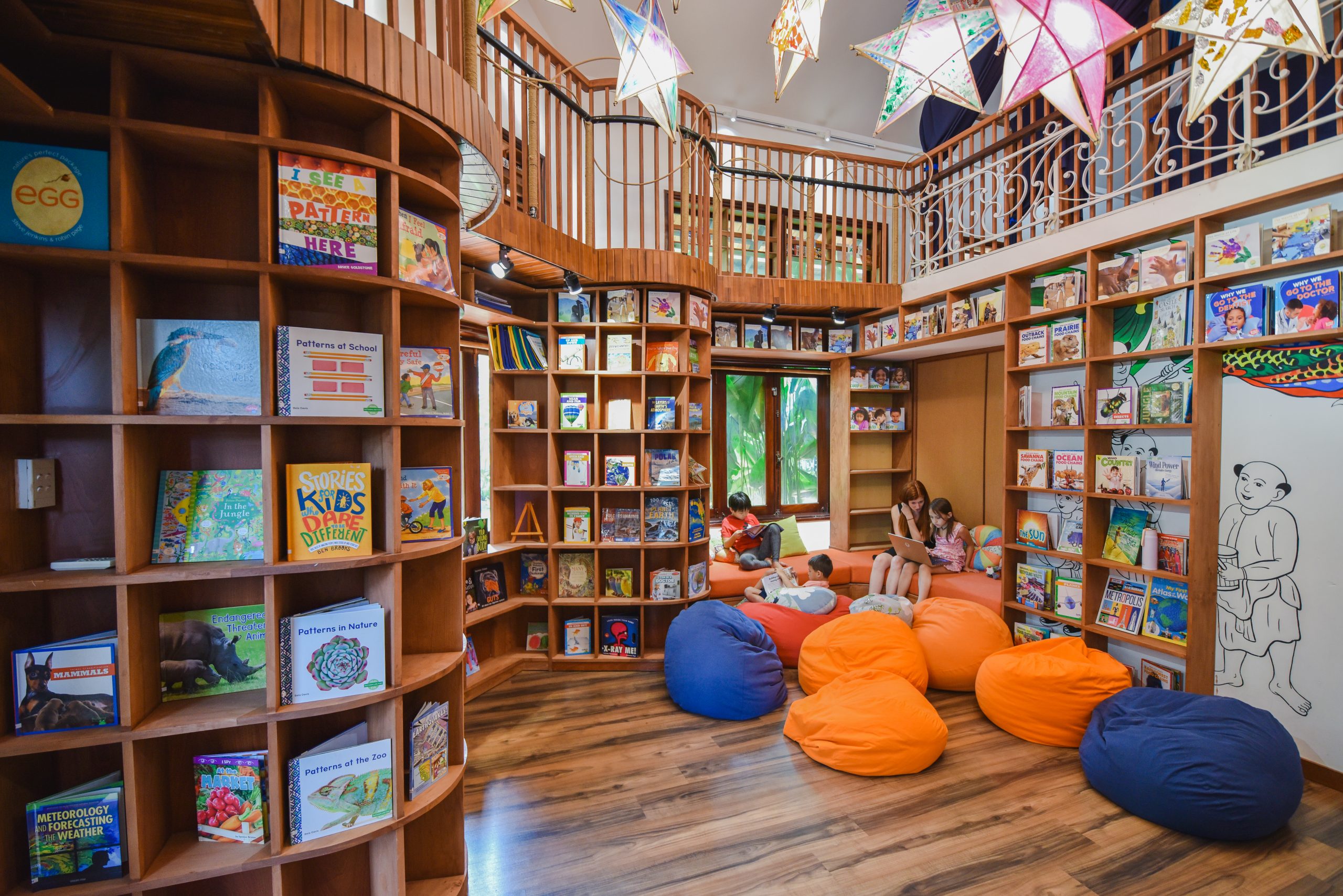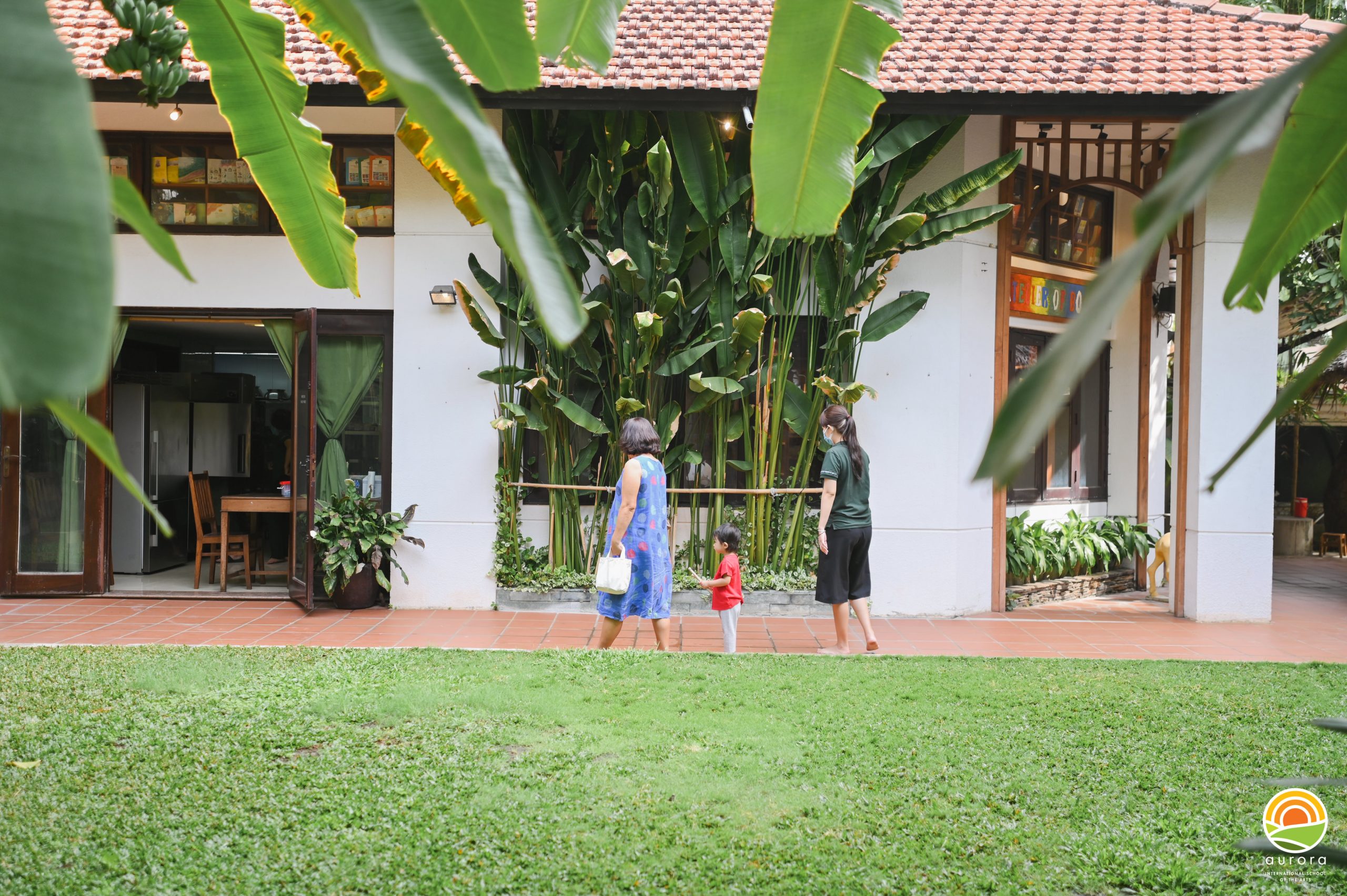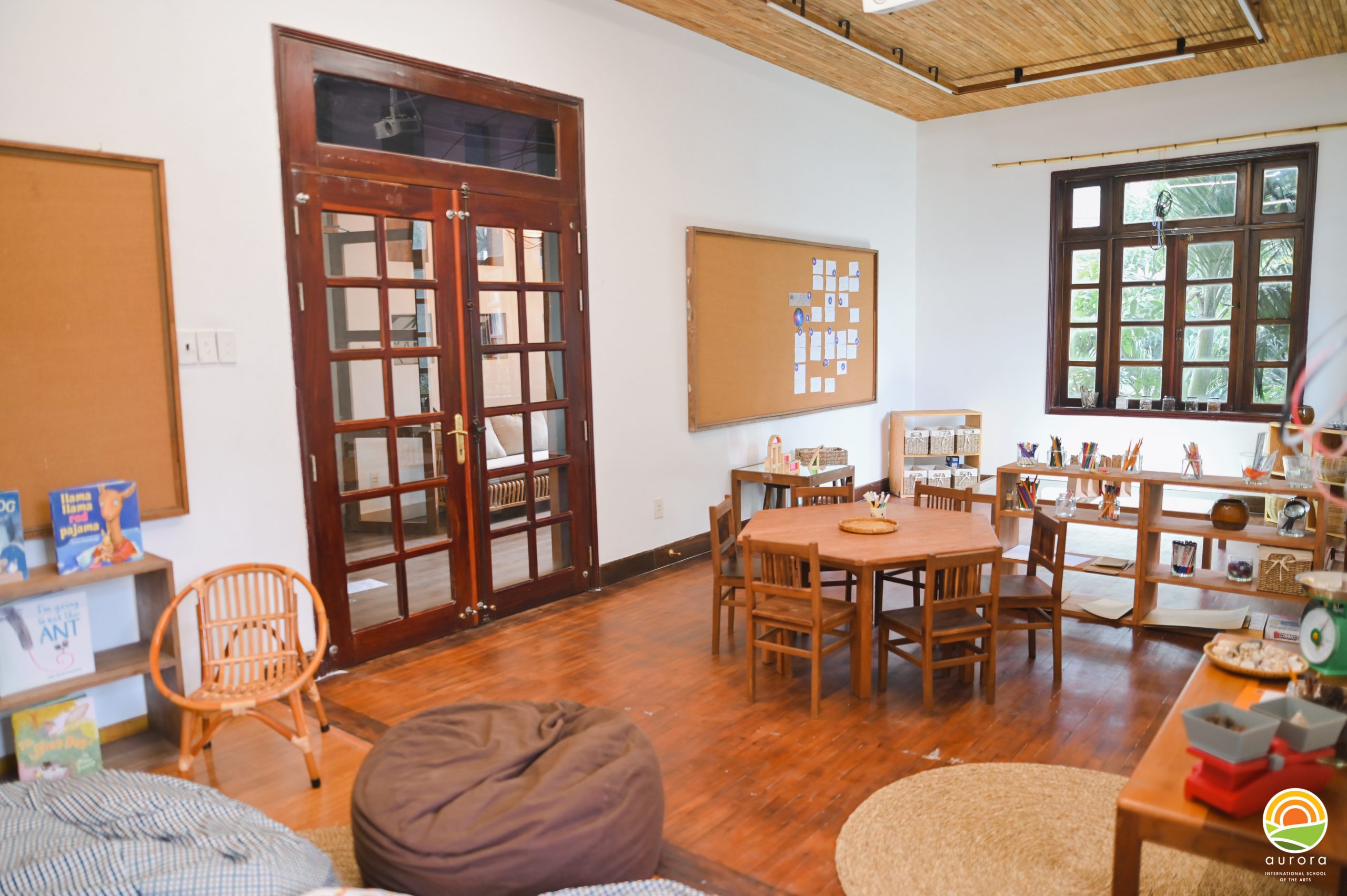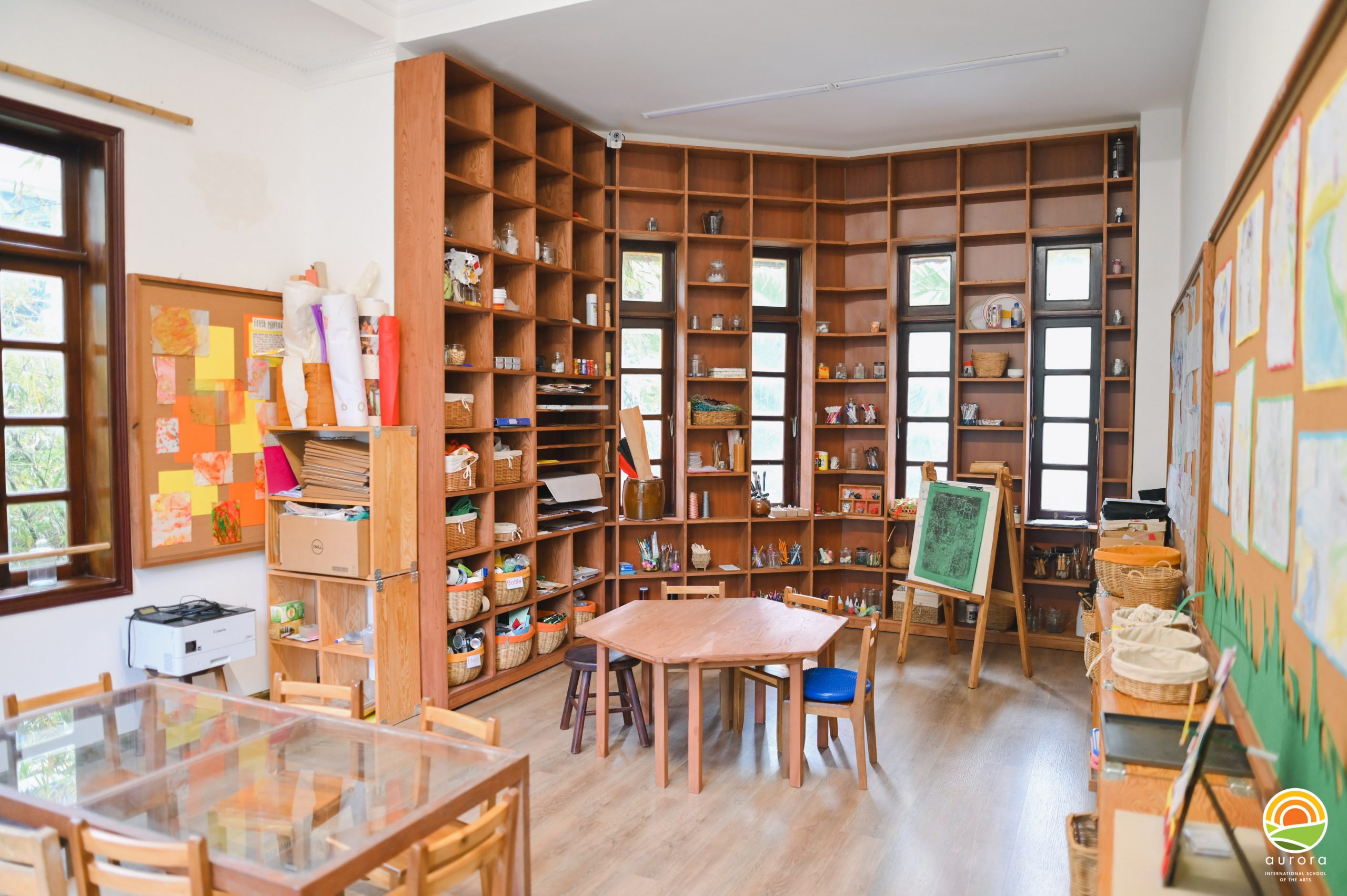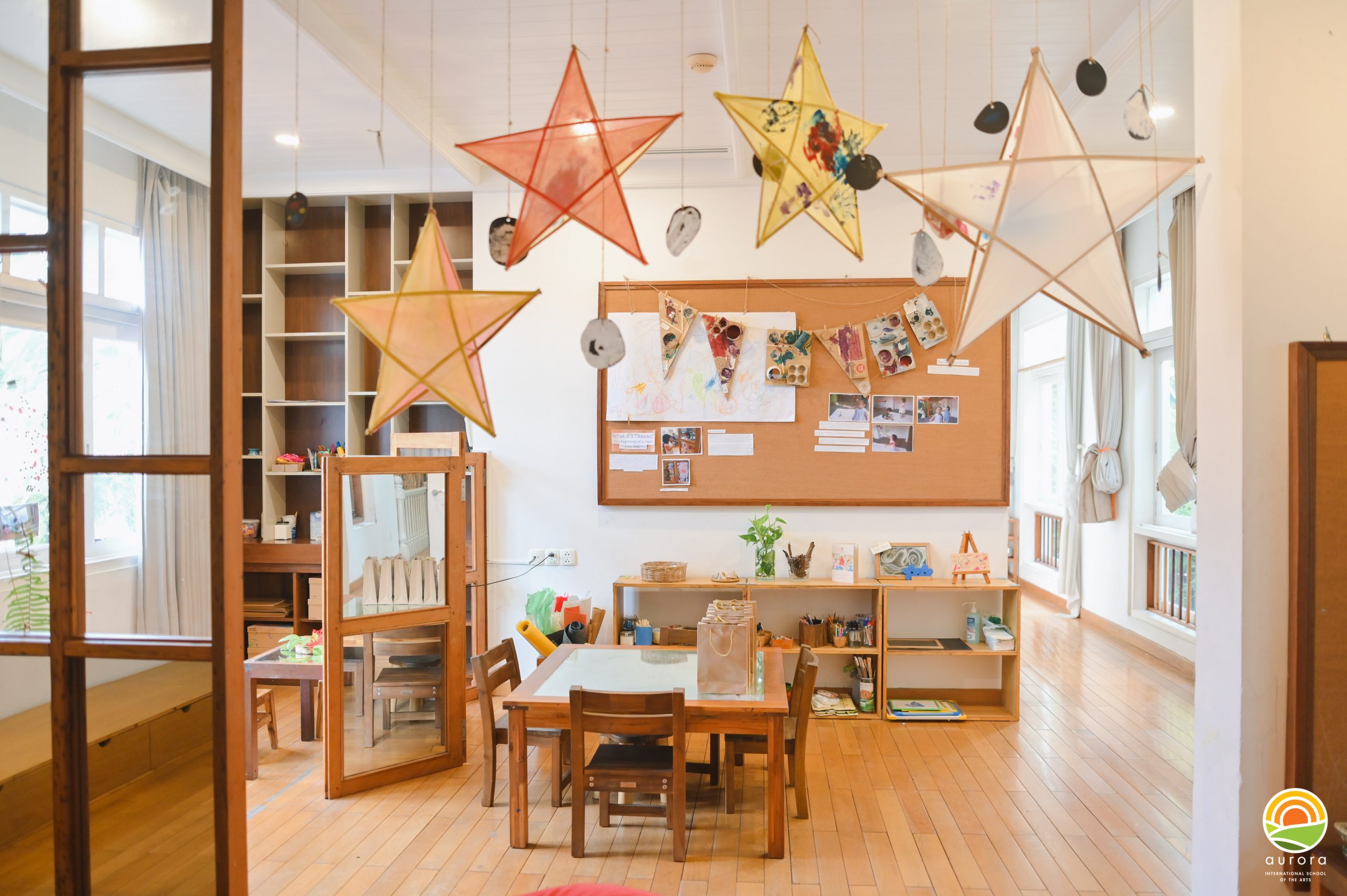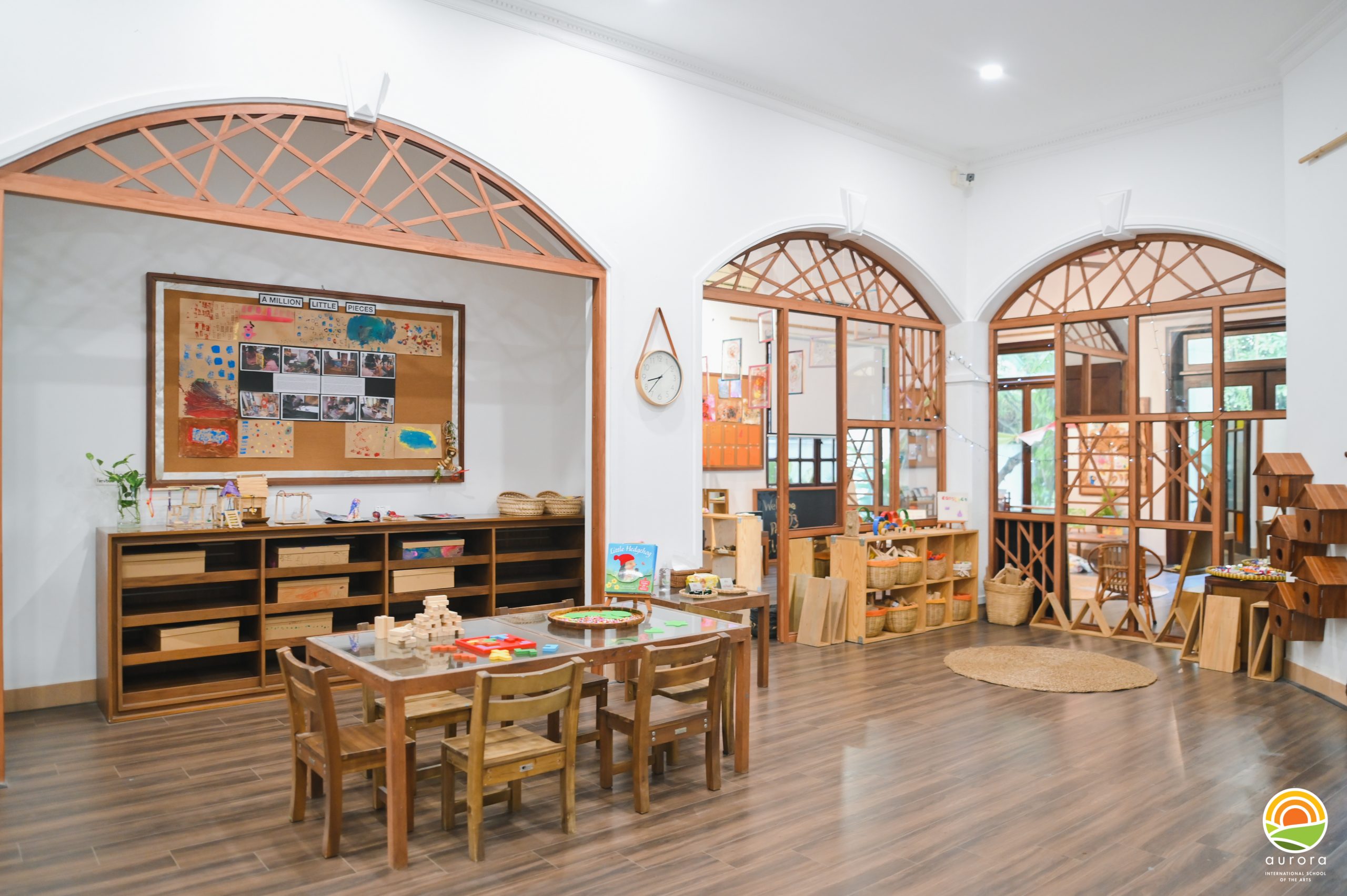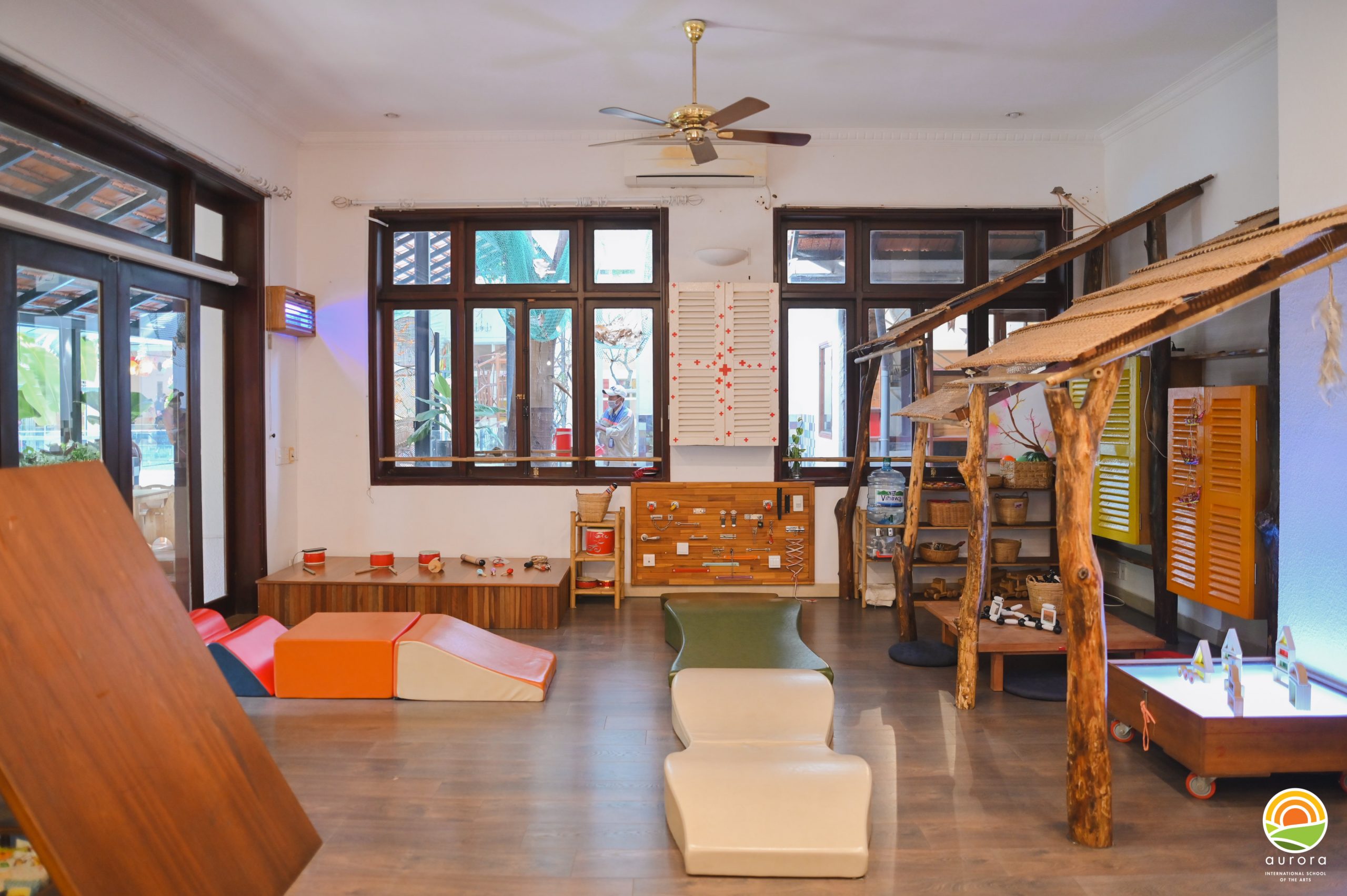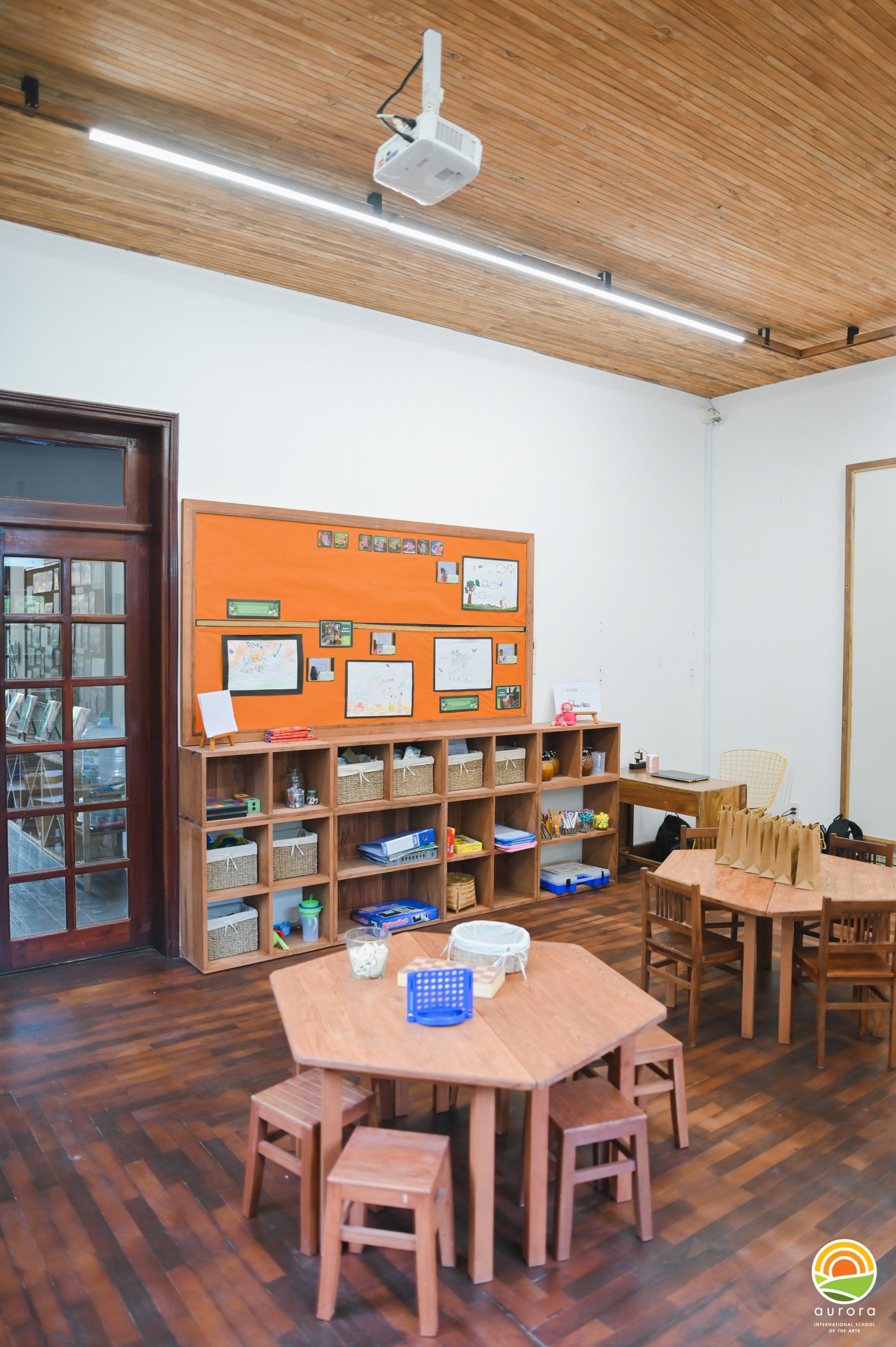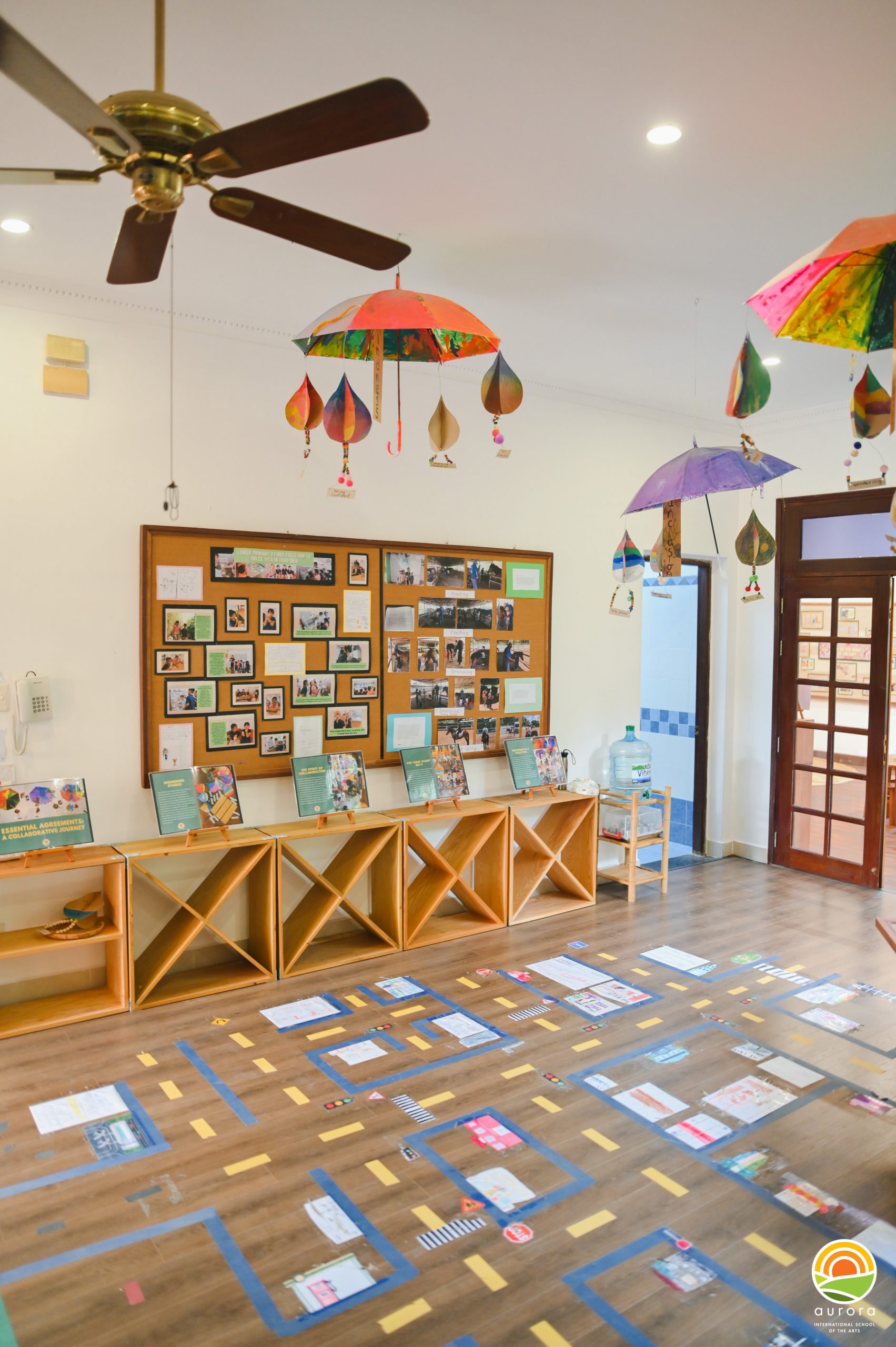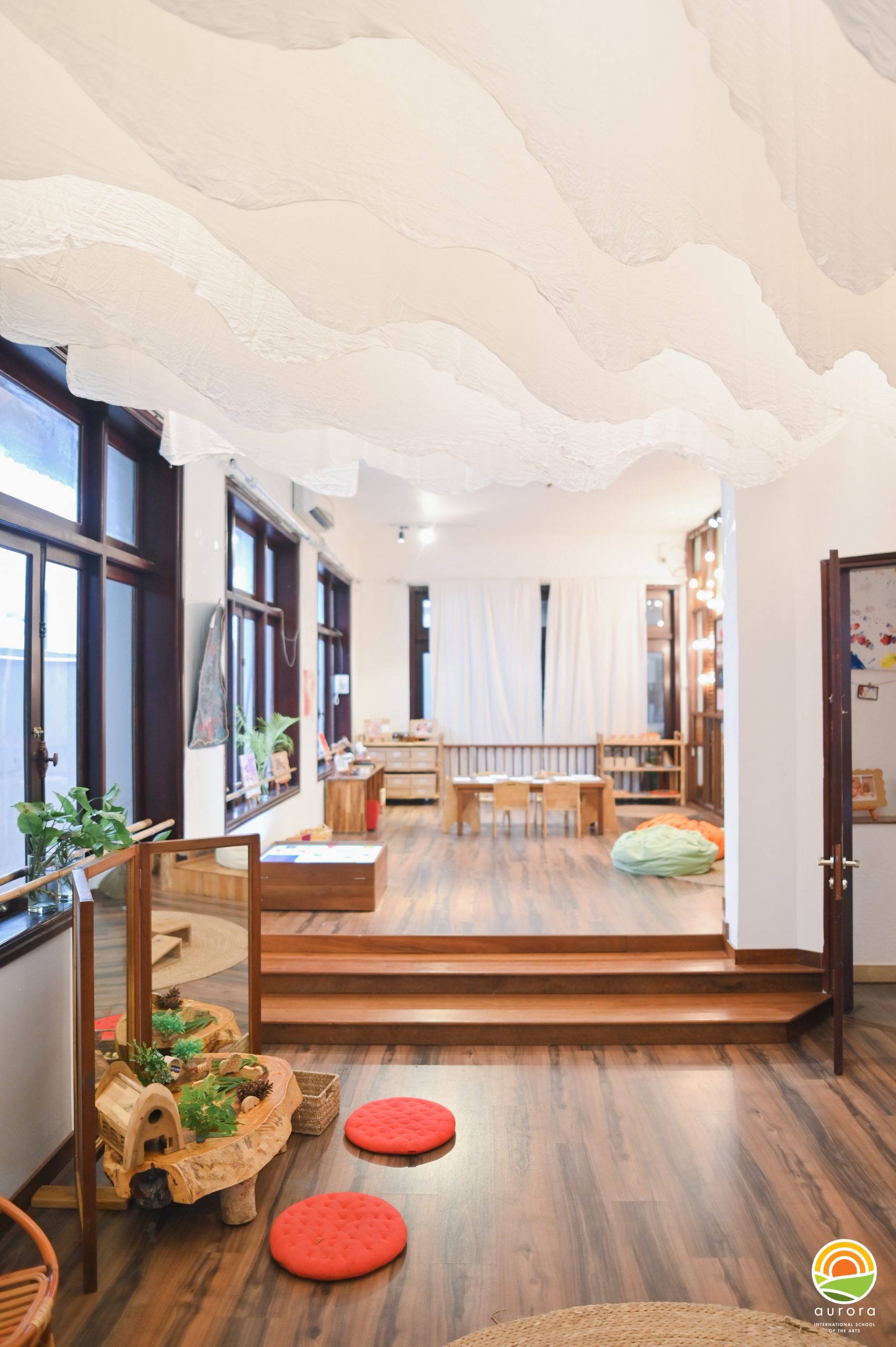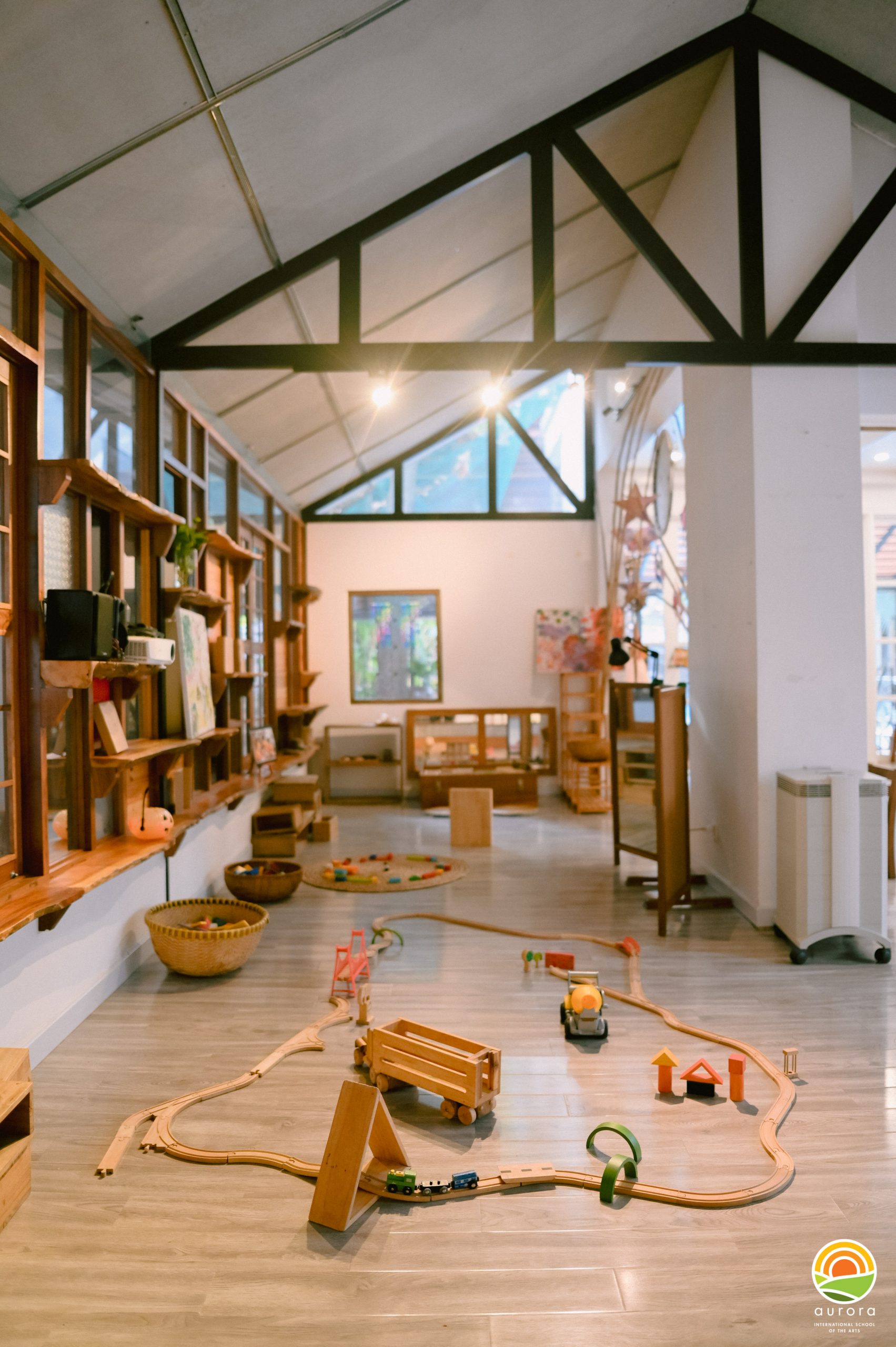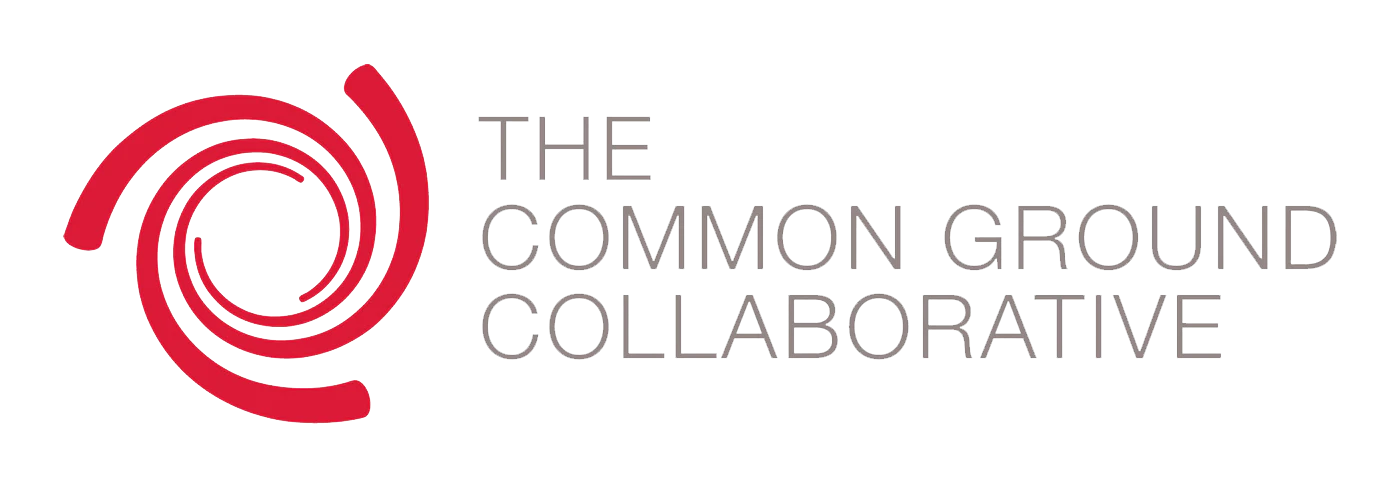Environment as a third educator
“Environment should be considered as the third educator. We have to create a “complicity” with the environment in order to be able to scaffold, together, children’s learning processes” (C. Fabbi, 2004)
Based on the idea that the children have the right to a challenging environment, at Aurora, every corner is thought with the intent to offer various learning possibilities to the children. We strongly believe that the environment has a fundamental role in developing autonomy and supporting well-being.
“ Our objective, which we will always pursue, is to create an amiable environment where children, families and teachers feel at ease” ( Loris Malaguzzi)
Our classrooms are designed to support a sense of familiarity, reinforce a sense of safety and foster exploration and discovery. Every classroom is conceptualized in a way that would allow children to shift from one space to another to work on different projects with different groups.
The choices made at Aurora concerning the environment have been inspired by Reggio Emilia in their structure, translated and intertwined with elements from Vietnamese culture. Our visitors will find a cosy environment with the main presence of wood, recycled from ancient pieces and natural materials. At Aurora, every aspect and detail of the learning environment is deliberate in its intention, as it stimulates all 5 senses.
In every classroom you will recognise:
- a welcome corner, where we welcome all families with children’s artworks and documentations and class’s project.
- a construction corner, where children will experiment and practice logic, physics and mathematical concepts. In this corner, we offer building blocks in different shapes and colours and recycled material, with which the children can share a project in small groups and learn how to cooperate with their peers.
- an assembly corner, where children will assemble every morning to meet and share children’s interests and stories.
- a message corner, where children investigate with language from messages to writing, the process of using mail boxes and message exchange, as part of the general exploration of communication and emerging writing and reading.
- a reading corner: in every classroom, the children will find a relaxing corner where they have the chance to improve their language and verbal skills, make new meaning, increase attention span and foster imagination.
- a dramatic corner: where the children can experience identities and build new relationships and friendships and “act out” their emotions
- a mini-atelier: where children extend their project, it is the space where the individual expression will be shaped, where children can use, in autonomy, the material for their artistic activities and use one of the 100 languages to express themselves and their ideas.

